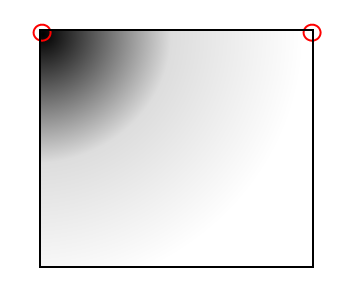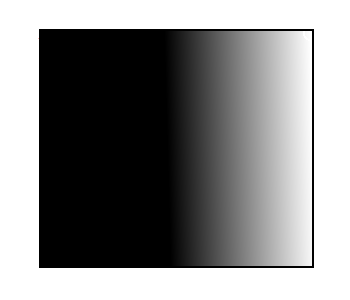- From: François REMY <fremycompany_pub@yahoo.fr>
- Date: Thu, 13 Aug 2009 20:14:11 +0000
- To: "Tab Atkins Jr." <jackalmage@gmail.com>, <robert@ocallahan.org>
- Cc: "Brad Kemper" <brad.kemper@gmail.com>, "fantasai" <fantasai.lists@inkedblade.net>, <www-style@w3.org>
- Message-ID: <CE0D169C87ED49D9BC2D22BC43794E0E@FREMYCOMPANY>
BTW, I had thought <gradient> would be a possible value for <image>.
Why do we now need for additional 'gradient' property ? By adding
<gradient> as a possible <image> value, we could simply use background
whithout requiring any change in the CSS 'background' property.
<gradient> would be a flexible image that 'streches' the zone where
the image is drawn. It's maybe the only thing that's different with
a normal image (because that image would have a defined size).
From: François REMY
Sent: Thursday, August 13, 2009 9:53 PM
To: Tab Atkins Jr. ; robert@ocallahan.org
Cc: Brad Kemper ; fantasai ; www-style@w3.org
Subject: Re: [CSSWG] Minutes and Resolutions 2009-08-12
From: "Tab Atkins Jr." <jackalmage@gmail.com>
> On Thu, Aug 13, 2009 at 3:08 AM, Robert O'Callahan<robert@ocallahan.org> wrote:
>> That seems far more complicated than what we currently have. By writing it
>> as a 'gradient' rule you don't benefit background-clip, background-position,
>> background-repeat, multiple backgrounds, and falling back to a background
>> image. It's not extensible to other kinds of gradients, and doesn't handle
>> repeating gradients. And even so,
>
> Agreed - it should stay as a functional notation denoting an image
> that just happens to be constructed by the browser.
>
> As to the actual syntax:
>
> I think the major loss of the current syntax is the functional
> notation of the colors. It's a large gain in complexity, increases
> the chance of an accidental mistake, and gains us nearly nothing from
> what I can tell.
>
> The vast majority of gradients will, I believe, be simple 2-color
> fades. As such, requiring someone to write "from(white),to(black)" is
> almost criminal when they could just write "white,black" or even
> "white black".
+1
> More complex gradients are also overcomplexified. The vast majority
> of complex gradients will be simple n-color fades, going from one to
> the next in turn. Again, it's criminal to then make someone write
> "from(white),color-stop(50%,orange),to(black)" when they could just
> say "white orange black".
What do you think of a syntax like :
gradient: <gradienttype> [<gradientcolors>]?
<gradienttype> : <linear> | <radial> | <square> | ...
<linear> : linear\(<point>,(<point> | <angle>)\)
// The first point is 'from' and second is 'to', if the second argument is an angle
<radial> : radial\(<point>,<point>\)
// First point is 'center of the radial' and second is a point of the 100% circle
...
<point> : (top | bottom)? <length>? (left | right)? <length>?
// top left is by default;top 10% right 5% is the point
located at 10% of the top and 5% of the end of the gradient image
<lenght> : Or should it be <percentage> ?
<gradientcolors> : <color>, [<length> <color>, ]* <color>
// First is always at 0%, last at 100%
Sample :
gradient: radial(left, right) white, 50% #ddd, black;
Would produce :
Sample :
gradient: linear(top left, bottom right) white, black;
Would produce :
A simple linear diagonal gradient from white to black;
Sample :
gradient: linear(left 50%, right) black, white;
Would produce :
Regards,
François
Attachments
Received on Friday, 21 August 2009 08:41:17 UTC

